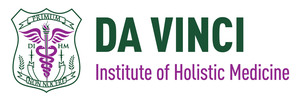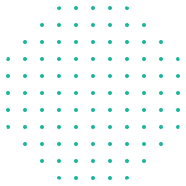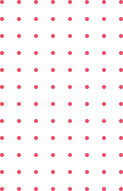Nutritional Microscopy – Part 1 online Course
COURSE OUTLINE
Nutritional Microscopy – Part 1 online Course
| These are the specifications of the Da Vinci Institute of Holistic Medicine’s
Nutritional Microscopy – Part 1 Course: |
|
| 1. Awarding Institution / Body: | Da Vinci Institute of Holistic Medicine |
| 2. Teaching Institution: | Online and distance learning, with tutor support |
| 3. Programme Accredited by: | Professional Naturopathic Course |
| 4. Final Award | Nutritional Microscopy Part 1 Diploma |
| 5. Programme title: | Nutritional Microscopy – Part 1 online Course |
| 6. Course Code and level: | NM1 |
| 7. Duration of programme: | One trimester or 12 weeks |
| 8. Total number of study hours: | About 75 study hours |
| 9. Enrolment requirements: | None |
| 10. Enrolment date: | Anytime |
| 11. Fees: | Full payment: €525 euros; Instalment plan: €183.75 per month for 3 monthly payments (5% extra). |






Reviews
There are no reviews yet.